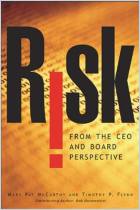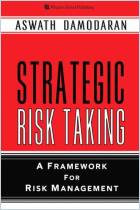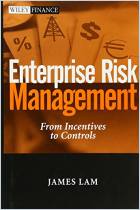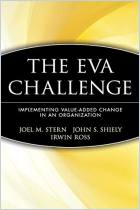
Recommendation
Since the first oil embargo in 1973, energy prices have increased and become more volatile, creating the corporate need for better financial tools to evaluate energy costs. Enter energy economist Jerry Jackson, developer of the "Energy Budgets at Risk” (EBaR) analysis that technically oriented managers can use to make sharper decisions about how and when to upgrade systems to achieve energy efficiency. EBaR is a trademarked cost and risk analysis tool, and Jackson explains it (and, in truth, promotes it) clearly. Although his book is a bit repetitive and loosely organized, it contains all the formulas, graphs and rationales needed to explain EBaR’s statistical approach. getAbstract recommends this to math-minded managers who seek new ways to assess and control their organizations’ energy costs – and to help the planet along the way.
Summary
About the Author
Jerry Jackson is an energy economist, consultant and Texas A&M professor with 30 years of experience in developing and applying practical solutions to difficult energy industry problems. He has worked with more than 20 Fortune 500 companies, as well as start-ups, utilities, state agencies, research labs and the U.S. Department of Energy.























Comment on this summary